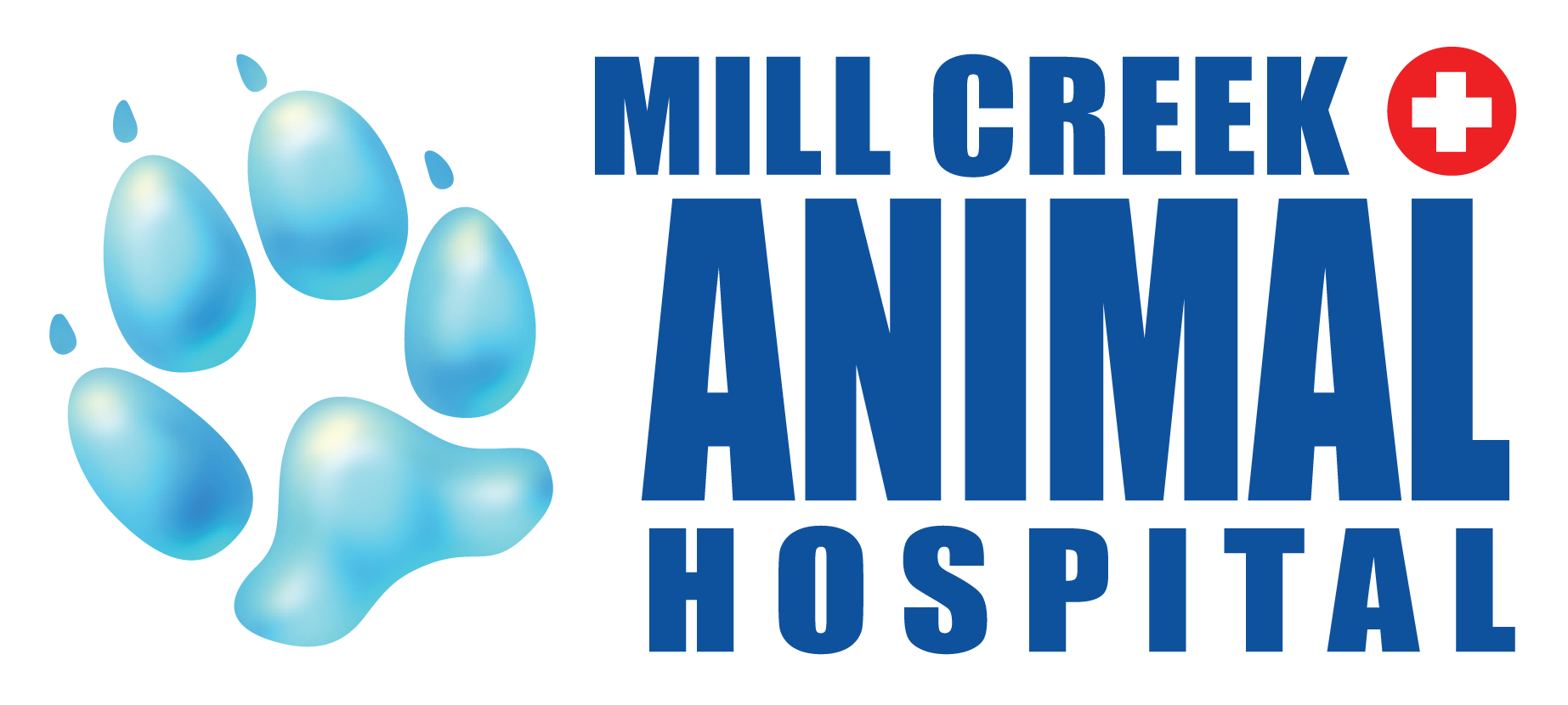Chances are you’ve heard of diabetes or know someone who has it. Diabetes in your pet is very similar. Let’s take a simplified look at how things work. In a typical body glucose (sugar from your pet’s diet) is processed by the body and transported throughout for cells to use as energy. Once it reaches the cells Insulin brings the glucose from the bloodstream into the cells.
A diabetic animal is either lacking insulin because the pancreas becomes unable to produce enough insulin or any at all. In either situation, the glucose is unable to leave the bloodstream without the assistance of insulin as its guide to the cells. So around and around it goes in the bloodstream until the blood is saturated with glucose. At this point, the body recognizes that there is an excess and it is excreted in the urine. Meanwhile, the cells are starving without their go-to energy source. The cells must now use a backup energy source. Unfortunately, this new energy comes from the body breaking down fat and muscle tissue.
The breakdown of fat and muscle tissues leads to weight loss and possibly weakness in the diabetic patient. Another common sign that owners usually notice first is an increase in urination and thirst. When glucose is excreted in urine a lot of water is excreted along with it. With more water being pulled from the body to help discharge glucose the more water the patient will seek to consume to restore the balance within the body. Another increase owners may notice is an increase in hunger. Your pet may be eating a lot more than usual, but yet they are still losing weight. The cells are screaming for glucose, so the body tries to compensate by ingesting more. Unfortunately without insulin that glucose will too go to waste.
Damage to the cells in the pancreas makes them unable to produce insulin. Enough damage and the pancreas is unable to produce any insulin at all. Diabetes is typically seen in older animals, and certain breeds may be more predisposed. Other factors that may increase your pet’s chance of becoming diabetic include obesity, gender in dogs (more common in females), long-term use of medications that contain corticosteroids, and a variety of diseases including pancreatitis and kidney disease. If your Veterinarian suspects that your pet may be diabetic, they will most likely do Bloodwork and a Urinalysis. This will confirm that there are significant amounts of glucose in the urine or blood as well as rule out other possibilities.
Once your pet is diagnosed with diabetes treatment can begin. This may consist of Injectable Insulin, a diet change and weight management if they are overweight. As the body is unable to produce enough Insulin, we must supply it. Daily injections are done at home by the owner once they are comfortable after being shown by the Veterinary staff. Once an animal is on insulin, their blood must be checked regularly to ensure they are getting the correct amount. This can be done at home by the Owner with a glucose meter very similar to how a Human Diabetic would check their levels with a small drop of blood.
Checks are done either randomly which are referred to as spot checks and also done scheduled in a blood glucose curse. During a curve, the owner checks the animal’s levels once an hour for 12 hours straight. This is done to tell us whether or not the blood glucose levels are constant throughout the day. If the levels dip too low or rise too high, the Veterinarian will change the dose of insulin to ensure the animal is adequately regulated. Doing curves are critical especially when an animal is first diagnosed to ensure they are appropriately controlled and can live well with their condition. Your pet’s diet may be changed either to a Diabetic specific diet or a weight loss diet depending on their weight.
Like many illnesses, early detection can significantly increase your pet’s chance of living a long healthy life with diabetes. If you notice any of these changes in your pet or have any concerns don’t hesitate to contact us.
Written by Nicki Payne, RAHT
Written with the help of the Merck Veterinary Manual and the AVMA website



